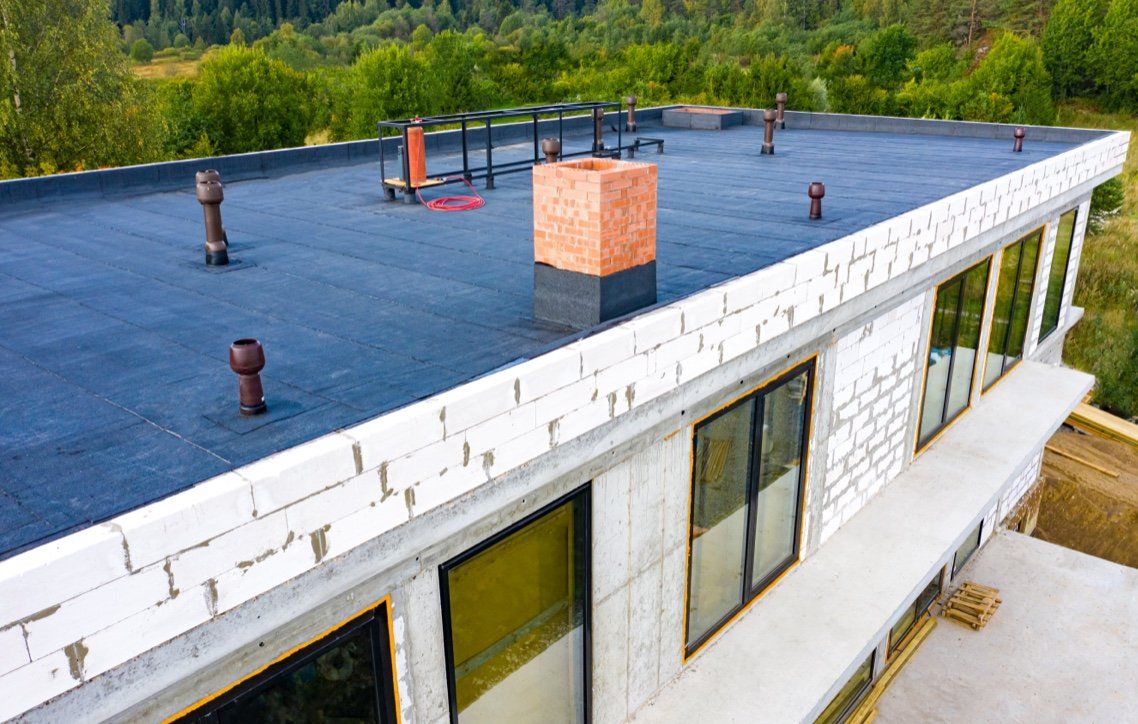Your roof color isn’t just for curb appeal—it has practical implications for your home’s energy efficiency and comfort. Here’s how to choose the best roof color based on your climate.
How Roof Color Affects Heat Retention and Cooling
The color of your roof plays a significant role in heat absorption. Dark colors, like black, absorb more heat, raising roof surface temperatures and warming your home. White roofs, on the other hand, reflect sunlight, keeping temperatures cooler and reducing strain on cooling systems.
Climate Considerations: When to Go Light or Dark
The best roof color for your home depends on your local climate conditions:
- Hot Climates: If you live in a hot climate, a white or light-colored roof will help reflect the sun's heat, keeping your home cooler and saving on energy bills.
- Cold Climates: Darker roofs can help absorb sunlight, retaining warmth and reducing heating bills.
- Temperate Climates: In regions with moderate climates, you may opt for neutral or slightly darker tones, depending on your home’s insulation and energy efficiency requirements.
Energy Efficiency and the Urban Heat Island Effect
White roofs are particularly useful for combating the urban heat island effect, where cities experience higher temperatures due to the prevalence of dark roofs and surfaces. These roofs help lower city temperatures and reduce overall energy use.
Expert Tips from Weathercraft on Selecting Roof Colors
Here are some key factors to consider when choosing your roof color:
- Weather Conditions: Consider your region's typical weather to select the most effective roof color.
- Material Durability: Ensure the roofing material you choose is compatible with the color.
- Aesthetic Appeal: Complement your home’s exterior for a cohesive look.
- Long-Term Savings: Balance upfront costs with energy savings over time.
At Weathercraft, we guide homeowners in choosing the ideal roof color and material to suit their needs and budgets.
